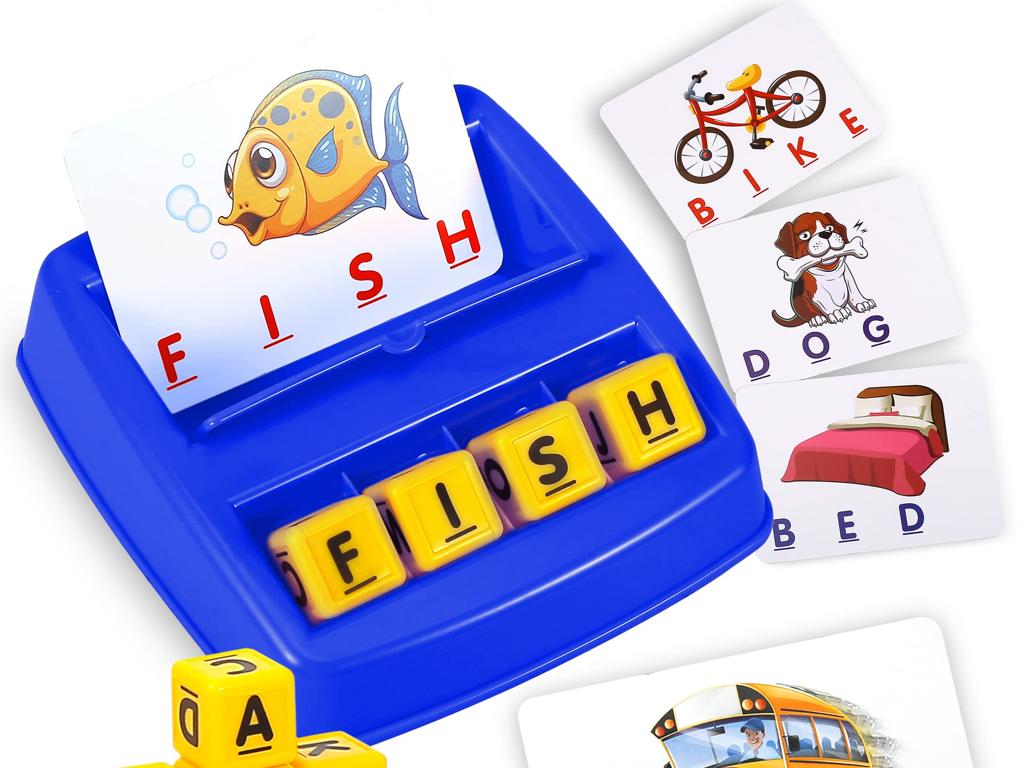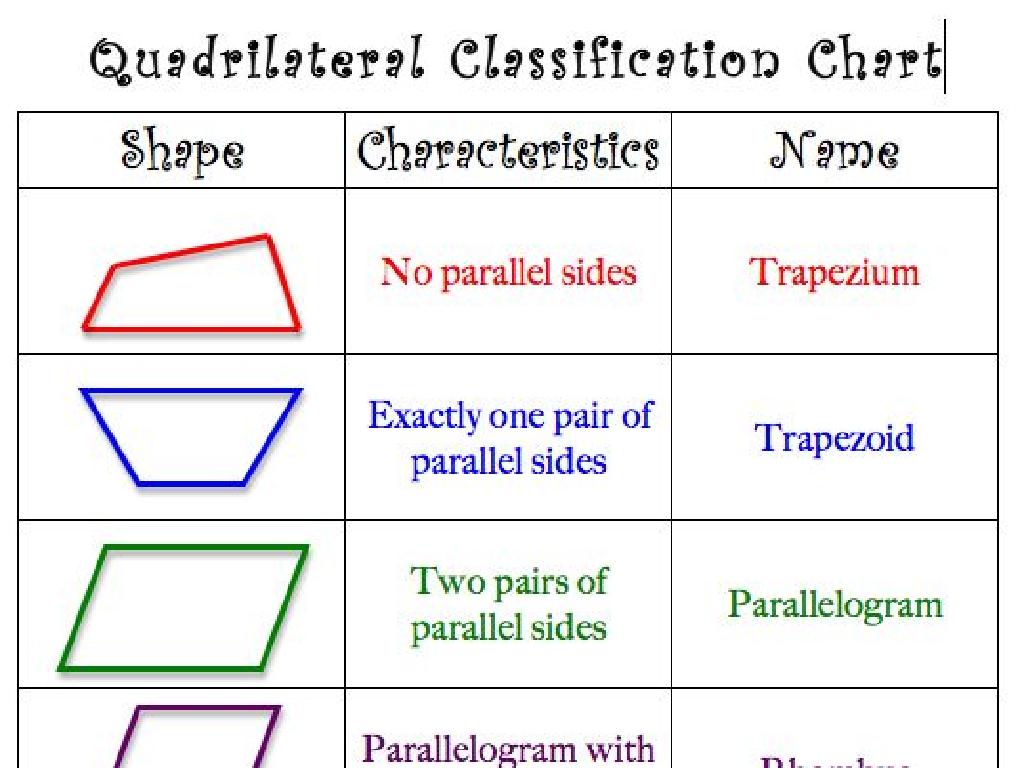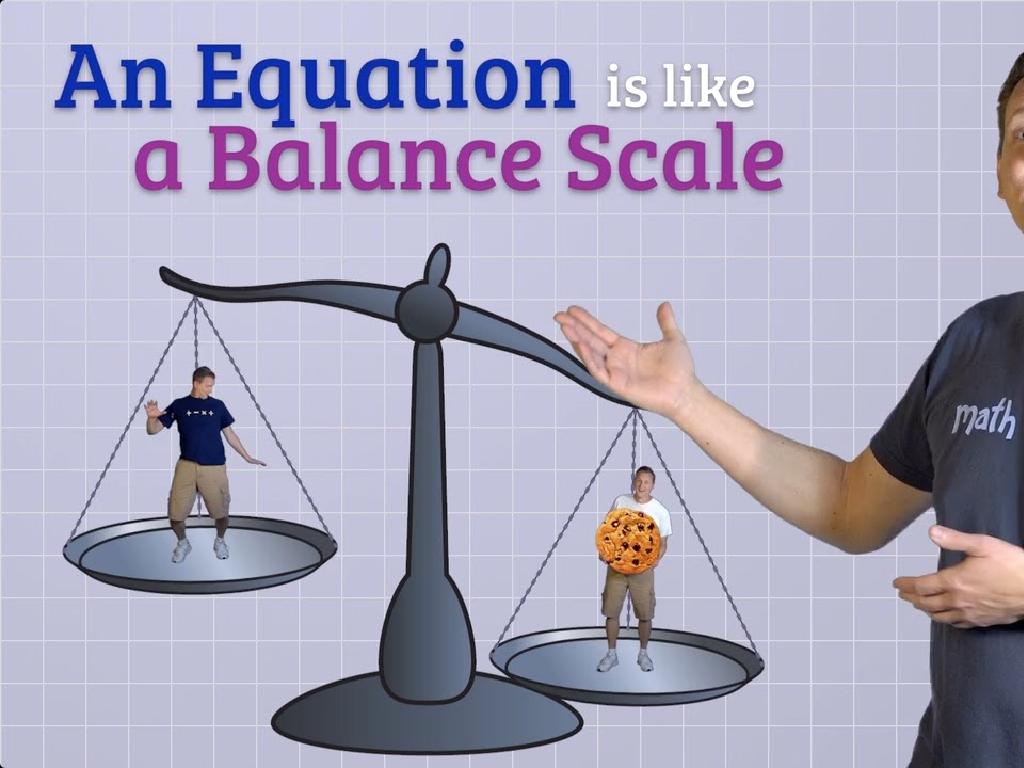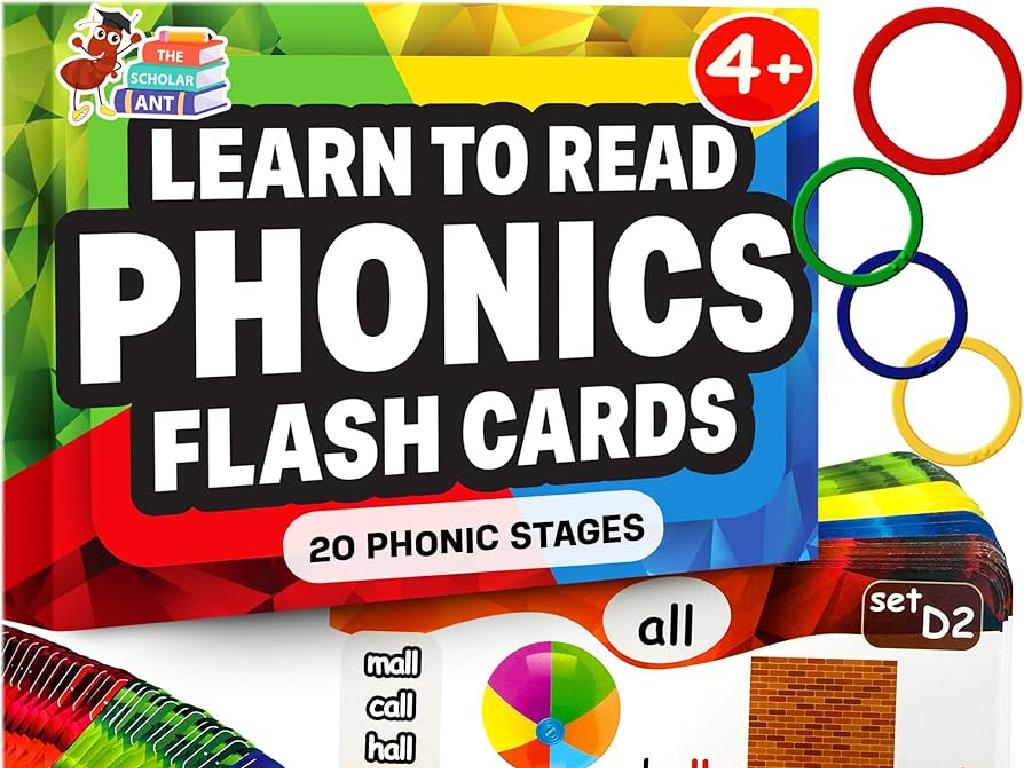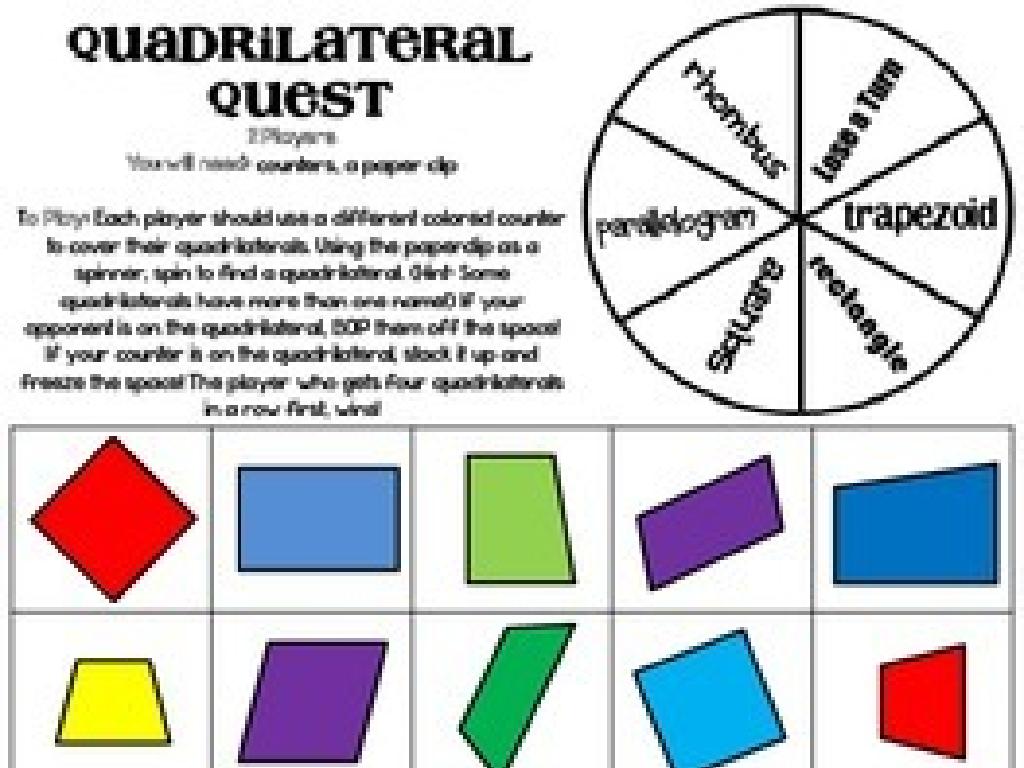Use Dictionary Definitions
Subject: Language arts
Grade: Sixth grade
Topic: Reference Skills
Please LOG IN to download the presentation. Access is available to registered users only.
View More Content
Mastering Reference Skills: Using a Dictionary
– Why reference skills matter
– Helps with research and understanding complex texts
– Types of reference materials
– Dictionaries, encyclopedias, thesauruses, and atlases
– How to use a dictionary
– Locate the word, read the definition, and understand word usage
– Practice finding definitions
– Find words in your reading and look up their meanings
|
This slide introduces students to the fundamental reference skills necessary for academic success. Emphasize the importance of these skills for effective research and comprehension of complex materials. Explain what reference materials are, with a focus on dictionaries, and how they can be used to find accurate definitions and understand word usage. Encourage students to practice by finding unfamiliar words in their reading assignments and looking up their meanings, which will help them become more independent learners and enhance their vocabulary.
Exploring Dictionaries
– Dictionary: a language resource
– A book or electronic tool listing words
– Offers meanings, pronunciations, origins
– Learn how to say and spell words, and where they come from
– Includes correct spellings
– Types: general and specialized
– Examples: medical for doctors, legal for lawyers
|
This slide introduces the concept of a dictionary to students, emphasizing its role as a fundamental resource for understanding language. It’s important to explain that a dictionary is not just for looking up meanings, but also for learning the correct pronunciation, spelling, and history (etymology) of words. Highlight the difference between general dictionaries, which cover a wide range of vocabulary, and specialized dictionaries, which focus on words used in specific fields. Encourage students to use dictionaries to improve their language skills, and to explore different types of dictionaries to see how words can vary across different contexts and professions.
Exploring Dictionary Entries
– Word Entry: The target word
– Pronunciation: Saying the word correctly
– Phonetic symbols help with pronunciation
– Word Origin: The word’s history
– Etymology gives insights into word’s background
– Part of Speech: The word’s role
– Noun, verb, adjective, etc.
– Definition: What the word means
– Clear explanation of the word’s meaning
|
This slide introduces students to the components of a dictionary entry, which is a crucial reference skill for enhancing vocabulary and understanding language. The word entry is the word being defined. Pronunciation is guided by phonetic symbols that help students learn how to say the word correctly. Word origin, or etymology, provides historical context and can help with remembering the word. The part of speech indicates how the word functions in a sentence, such as a noun, verb, or adjective. The definition gives the meaning of the word. Encourage students to look up a new word in the dictionary and identify these parts for better comprehension.
Navigating the Dictionary: Guide Words
– Guide words assist in finding words
– They are located at the top of dictionary pages
– Dictionary words are alphabetized
– Words are organized from A to Z
– Activity: Locate guide words
– Use your dictionary to find and understand guide words
|
This slide introduces students to the use of guide words in a dictionary, which are essential for quick word location. Emphasize that dictionaries are organized in alphabetical order, making it easier to find words. For the activity, students should open their dictionaries to any page and identify the guide words at the top. This will help them understand how guide words function as signposts to indicate the first and last words on a page. Encourage students to practice this skill to become more efficient in using dictionaries for their language arts assignments and to enhance their vocabulary skills.
Mastering Dictionary Skills
– Steps to look up words
– Start with the first letter, then follow alphabetically
– Words with multiple meanings
– Some words have different meanings; context is key
– Matching definitions to context
– Use surrounding text to choose the right meaning
– Practice with dictionary exercises
|
This slide introduces students to the essential skill of using a dictionary to understand word meanings. Begin by explaining the alphabetical arrangement of words in a dictionary and how to navigate through it. Emphasize that some words have multiple meanings and students must use context clues from the text to determine which definition applies. Provide examples of words with multiple meanings and demonstrate how to select the appropriate definition. Conclude with an activity where students practice looking up words and choosing the correct definitions based on context. This will help reinforce their reference skills and improve vocabulary comprehension.
Practice Time: Dictionary Scavenger Hunt
– Engage in a dictionary scavenger hunt
– Find and note down definitions
– Look up the meaning of words assigned to you
– Craft sentences with new words
– Use each word in a sentence that shows you understand the meaning
– Share your sentences with the class
|
This activity is designed to help students become familiar with using a dictionary and understanding how to apply the definitions of words in context. Assign each student a list of words to look up in the dictionary. They should write down the definition and then create their own sentences using the words correctly, demonstrating their understanding of each word’s meaning. Encourage creativity in sentence formation. In the next class, have students share their sentences, providing an opportunity for peer learning and for the teacher to correct any misunderstandings. This exercise will enhance their vocabulary and reference skills.
Class Activity: Create Your Dictionary Entry
– Select an unfamiliar word
– Find a word you don’t know from your book
– Research and write a dictionary entry
– Include the word’s definition, part of speech, and use it in a sentence
– Present the meaning to the class
– Share your word, its definition, and sentence with your classmates
|
This activity encourages students to engage with new vocabulary actively. Instruct them to choose a word they are not familiar with from their current reading material. They will then create a dictionary entry for this word, which should include the word’s definition, part of speech, pronunciation, and an example sentence. Encourage them to use multiple sources to confirm the definition. Once completed, each student will have the opportunity to present their word and its meaning to the class, fostering a collaborative learning environment. This exercise not only expands their vocabulary but also enhances their research and presentation skills.
Wrapping Up: Dictionary Skills
– Recap on using dictionaries
– We reviewed how to look up words and their meanings.
– Choosing the correct definition
– Context helps pick the right meaning from several given.
– Homework: Craft dictionary entries
– Find 3 unfamiliar words and write their full dictionary entries.
|
As we conclude, remind students of the steps to effectively use a dictionary and the importance of context in selecting the appropriate definition for a word. For homework, students are tasked to find three words they are not familiar with over the week. They should write out the full dictionary entries for these words, including the word, its pronunciation, part of speech, definition(s), and use each in a sentence. This exercise will reinforce their understanding of dictionary use and improve their vocabulary. Encourage creativity in their word choices and remind them to consider the context in which they found the word to ensure they select the correct definition.

